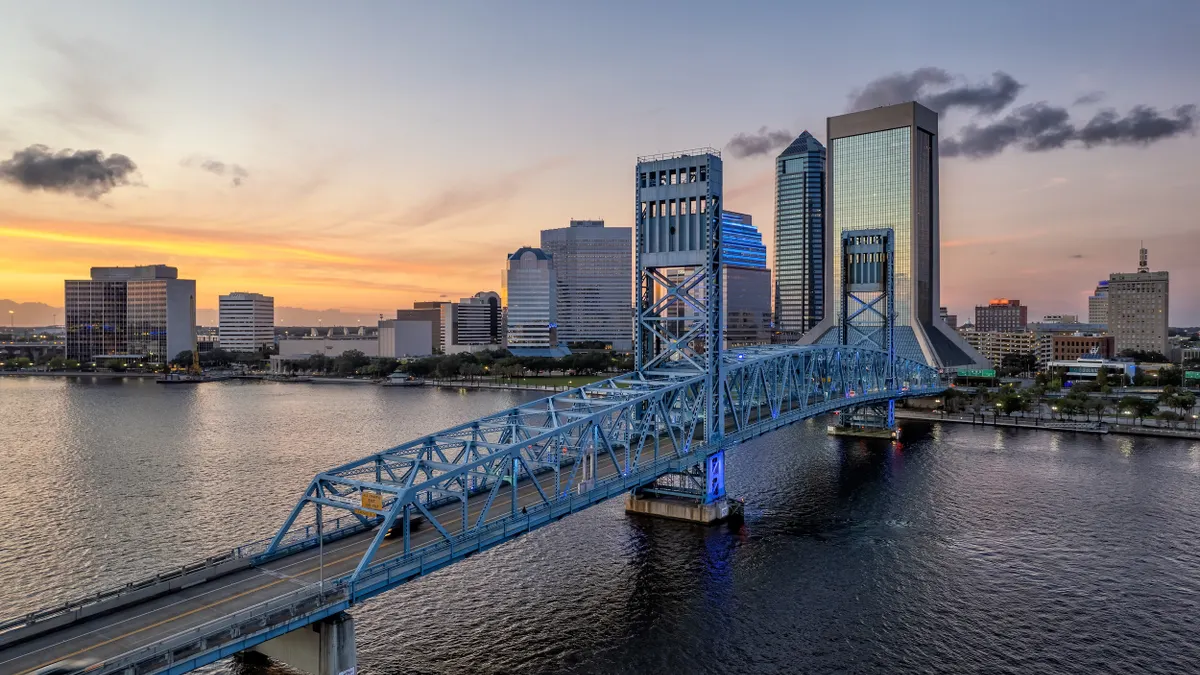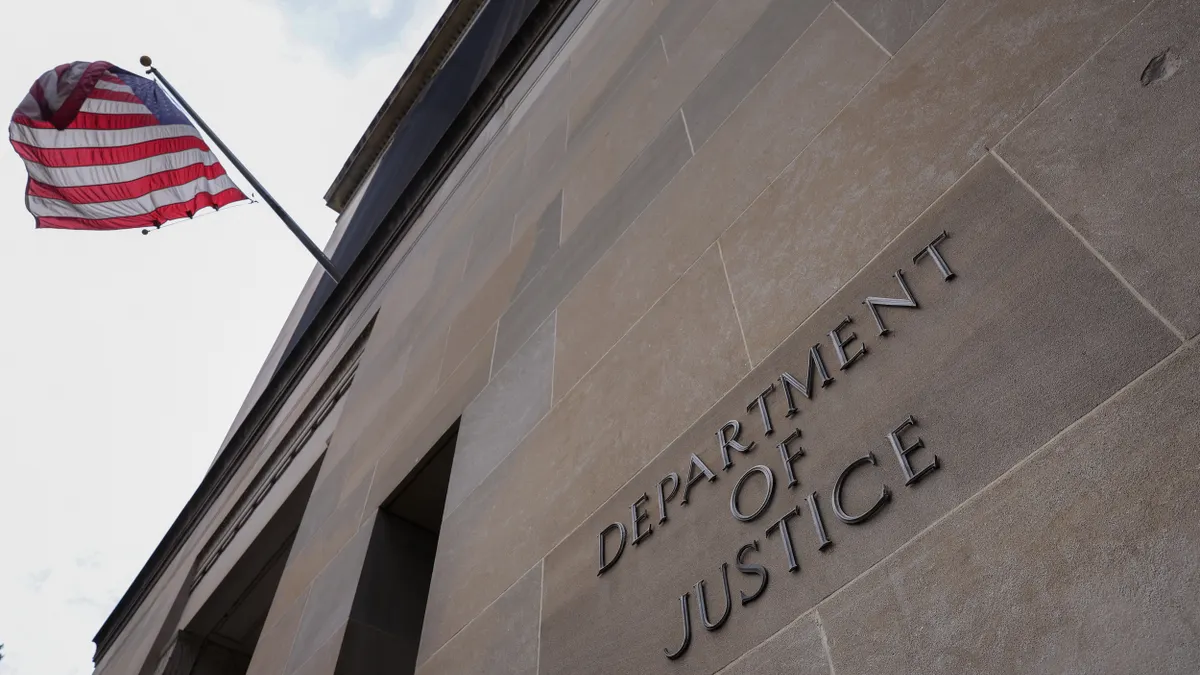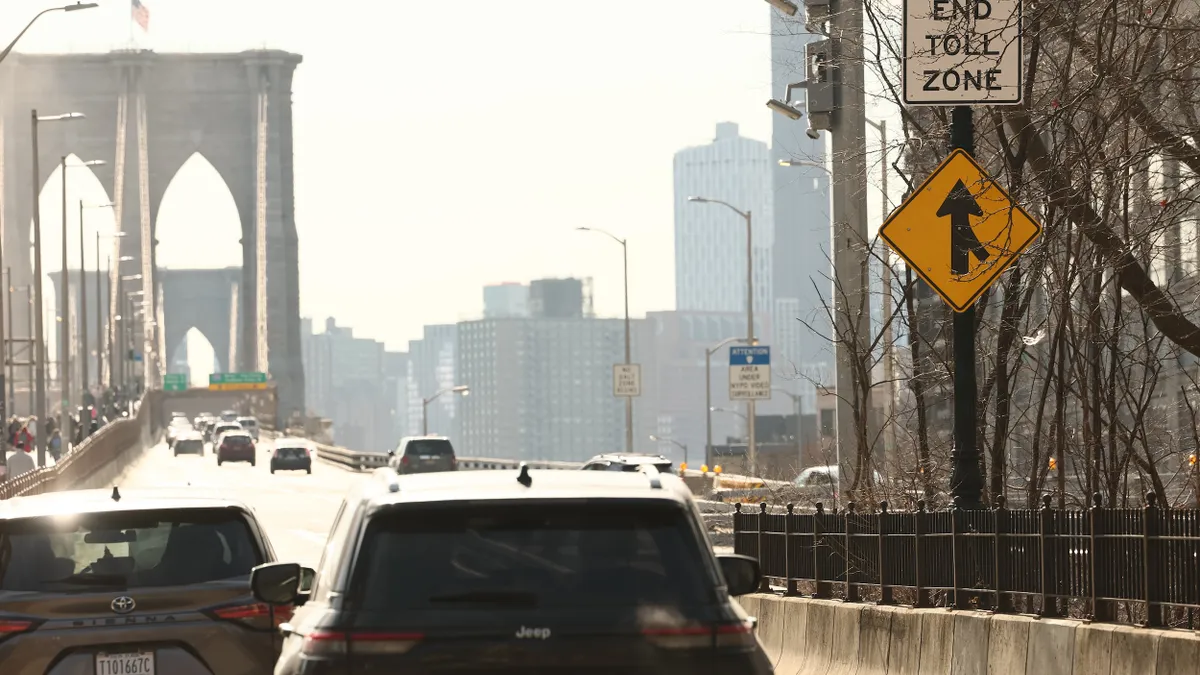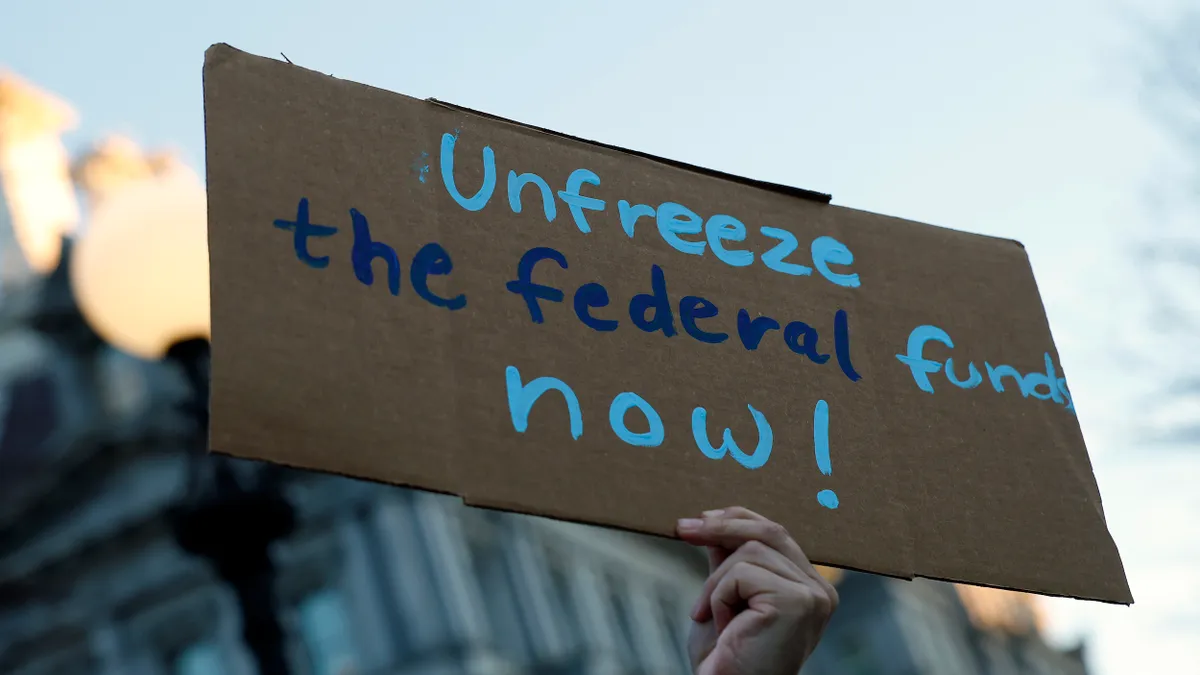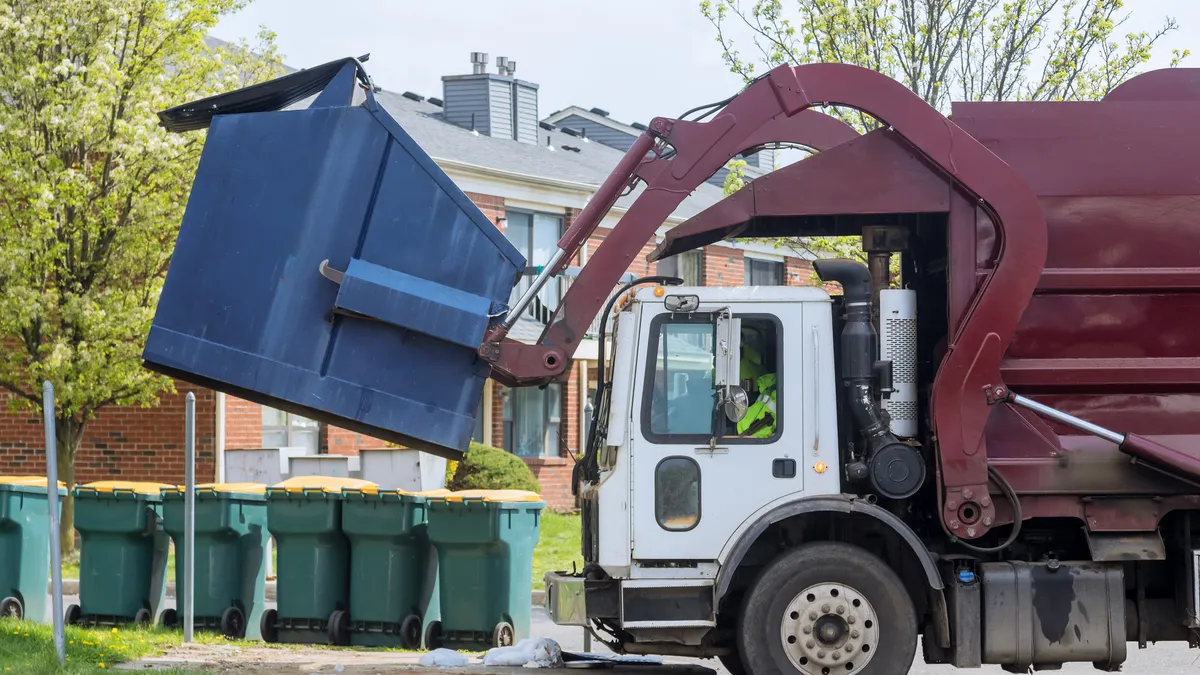Leaders in California cities are still figuring out how to handle the legalized use of marijuana with about two months left until the new law takes effect on Jan. 1, 2018. Many jurisdictions haven't finalized their governance because the state itself hasn't yet issued its final regulations. But the state is pitching in to help facilitate a smooth transition.
California has long permitted medical marijuana, but the more widespread use of cannabis will require a number of policy and enforcement tweaks. The state's Bureau of Cannabis Control is working hard to finish drawing up regulations for cultivation, manufacturing, distribution and sales, and it hopes to issue them next month. It might seem like that's cutting it close, but governing bodies have had to speed up efforts due to the short timeline between when voters approved the measure last November and when it takes effect in January.
"At this time last year… we were still the Bureau of Medical Cannabis Regulation ... because Prop 64 hadn’t been passed yet," said Alex Traverso, chief of communications for California’s Bureau of Cannabis Control. "When it did pass, it increased our workload and our mandate to crafting regulations for the entire cannabis industry in California, both adult use and the medical market."
Essentially, the state is using the opportunity to blend regulations for medical and adult-use marijuana.
"California is unique in that we are probably one of the only states that had medical cannabis that’s been legal in our state for 20-plus years, but there were no regulations around it," Traverso said. "Prop 215 passed in 1996 and now 21 years later we’re finally putting some regulations on the books ... and we’re doing that for the adult-use market as well."
Regulating the new industry will be no small task. California itself has an economy larger than many countries’ and its cannabis industry could be worth an estimated $4 billion to $7 billion. That creates a lot of pressure to get the governance right. The state had to condense its law-making process and reduce the typical public comment period while drafting the new regulations. It will go through the normal rule-making process next year, but for now it is working under an "emergency rule-making process." The Bureau of Cannabis Control initially will only issue temporary, four-month licenses that have renewal options if the permanent regulations still aren’t in place when the temporary licenses expire.
"We’re traveling up and down the state going to meetings, summits, town halls, any place where we’re invited, to talk to local jurisdictions about what to expect and to answer their questions."

Alex Traverso
Chief of Communications, California's Bureau of Cannabis Control
"These are emergency regulations because we don’t have time to go through the normal rule-making process and still meet our Jan. 1 deadline," Traverso said. "The focus is really getting those regulations out there and then beginning to accept applications from folks that want to be retailers or distributors ... We’ll be issuing temporary licenses on Jan. 1."
Cities are scrambling to prepare for the transition. Not only do they have to determine how to enforce the state law, but they also have the ability to pass their own cannabis-related ordinances and determine how to enforce them. Many are waiting to make their final governing decisions until they learn the details of the state regulations. State employees are trying to assist municipalities as best they can.
"We’re traveling up and down the state going to meetings, summits, town halls, anyplace where we’re invited, to talk to local jurisdictions about what to expect and to answer their questions," Traverso said. "They’re a huge partner in all of this ... The state rules are just one part of the equation. The other part is that local governments really have control over what they want to allow in their jurisdictions."
California is an enormous state with significant variations between its regions. Its diverse populations live different lifestyles in different areas. So it would follow that citizens would have different concerns about the various elements of the complex legalization process. Residents in more agricultural or cultivation-focused communities might focus more on regulations concerning growing pot, while urban dwellers might care more about regulations covering retail sales shops in their neighborhoods.
In other communities, the concern is an increase in cost-of-living and real estate prices. Sacramento — one of the few municipalities to have adopted cannabis-related ordinances already — has experienced an increase in real estate costs. Warehouse sale and rental prices there have skyrocketed due to demand from marijuana growers who want indoor facilities. The same is true in Southern California communities in Orange County, where industrial real estate prices have reportedly nearly doubled in the past year.
California City, near Los Angeles, saw the same building price increases upon opening up to medical marijuana cultivation, plus escalating land values for outdoor operations. Its fire department is taking action to prepare for the additional buildings, people and industry headed its way based on the number of medical cannabis cultivation, manufacturing and distribution businesses that have already received licenses there. It put together an impact report calling for more training and personnel. California City's police department plans to hire more staff to oversee marijuana operations as well.
Cannabis growing businesses also are getting attention from local utilities to make sure the existing infrastructure can handle a potential increase in demand. Colorado, for example, experienced a 2% increase in electricity demand after legalizing marijuana because of its new indoor pot farms.
The California Public Utilities Commission held a special meeting with farmers and utilities earlier this year to address the concern of energy grid capacity. California’s medical marijuana industry already accounts for at least 3% of the state’s electricity consumption, which is enough to power 1 million homes. Sacramento’s power utility is being proactive by doing testing and working with growers. It’s encouraging growers to use more energy-efficient lights, such as LEDs, and to reduce electricity demand from other operating systems, such as climate control.
"It’s certainly one of those times where it helps that we’re not the first state, because this is a big job."

Alex Traverso
Chief of Communications, California's Bureau of Cannabis Control
Similar capacity concerns exist for water utilities, especially considering that California is consistently strapped for that resource. Municipalities, especially those in desert areas, are trying to balance the potential extra drain on resources with the economic boost from the cannabis industry. For example, a developer has purchased a large site — actually, an entire small town — at the edge of the Mojave Desert to create the country’s first cannabis-themed resort, which would draw water from an ancient underground aquifer. As expected, it's creating concern over water use both for marijuana cultivation and for supporting the resort.
The planned resort is just one example of another sector that could feel a huge impact from the marijuana law changes: tourism. Other states that legalized marijuana certainly have experienced a tourism bump, but it’s too early to anticipate just how much that will happen in California or how widespread it will be. "We’ll see after Jan. 1 if the state's tourism board says they're seeing a lot more people coming out. There’s a lot more things that California has [besides cannabis] that make it an attractive destination," Traverso said.
California state and city leaders have been watching what other states have done for marijuana legalization on a number of fronts. "We’ve looked at what Colorado has done, what Oregon and Washington have done," Traverso said. "It’s certainly one of those times where it helps that we’re not the first state, because this is a big job.”
Despite the breadth of the process and the large amount of details that still need to be solidified, leaders express confidence in California’s preparedness. "We’re coming to the finish line here and I think everyone feels really good about that," Traverso said.








